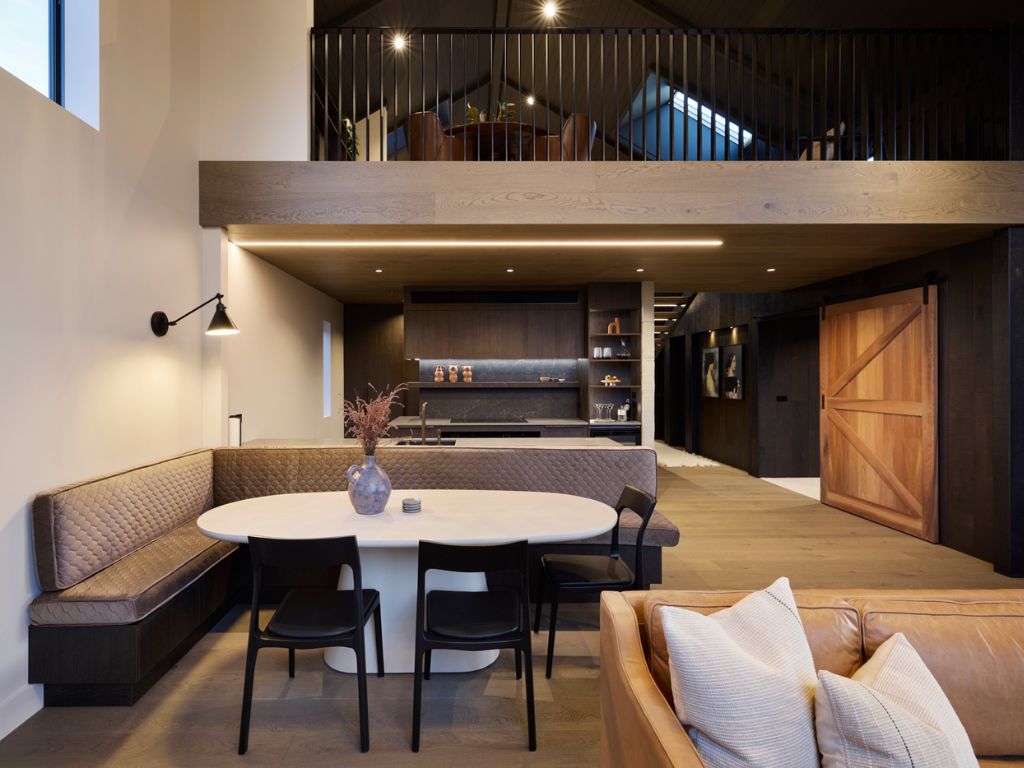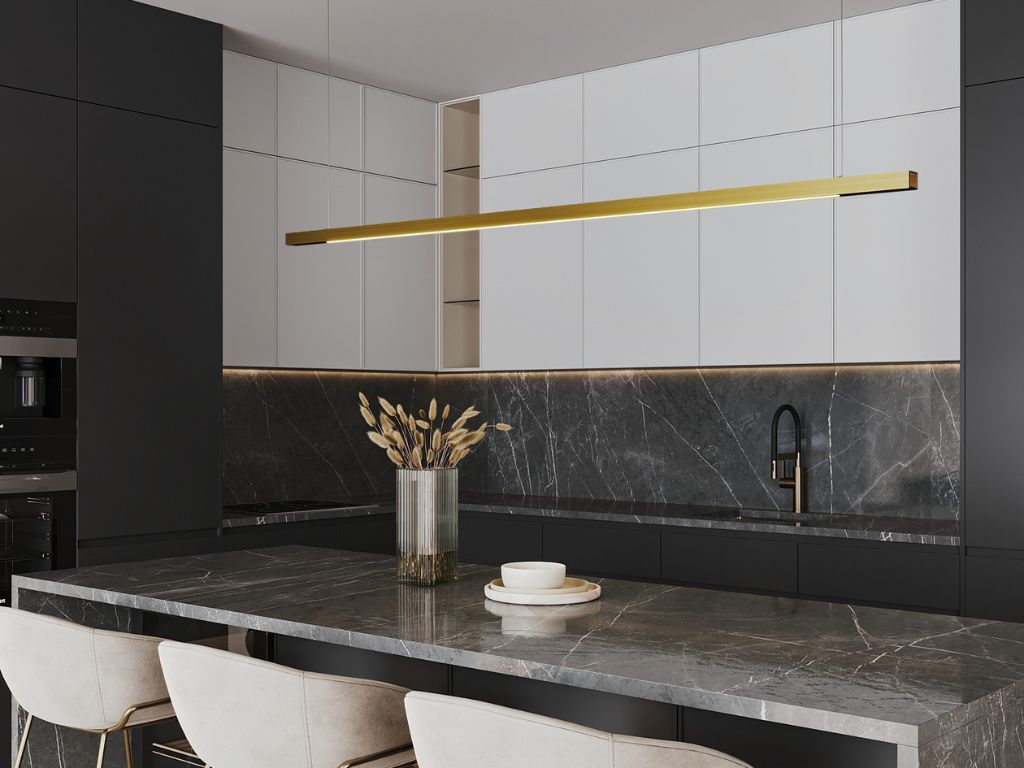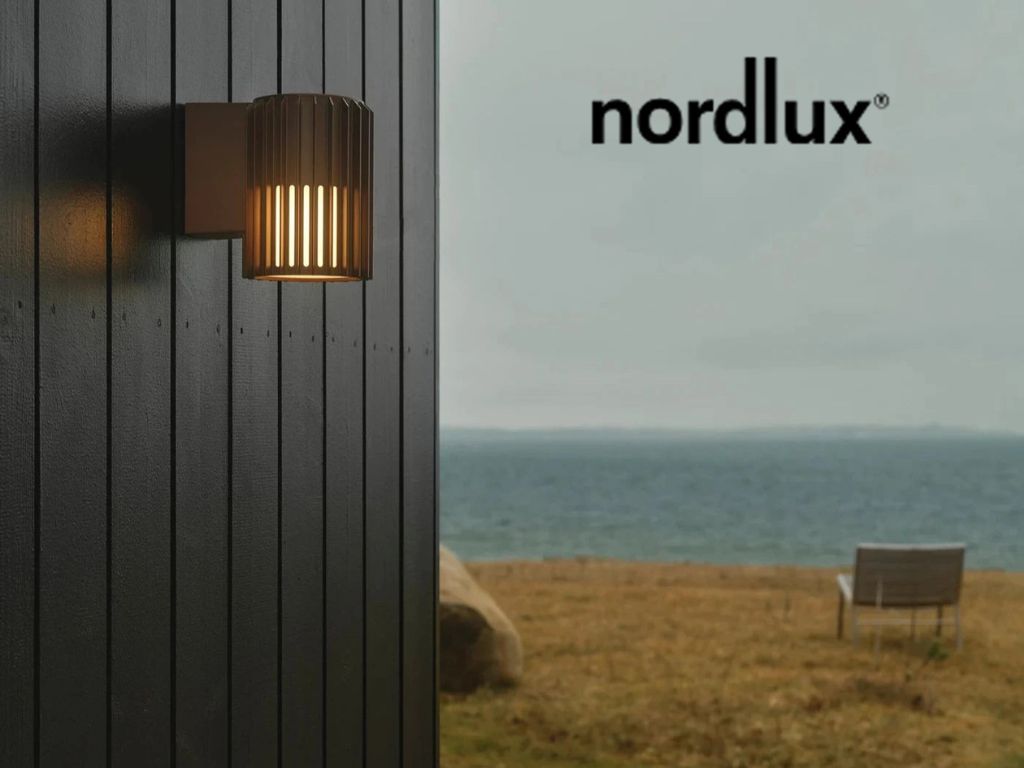
10 Common Lighting Questions When Building or Renovating - Answered
Lighting affects how your home looks, feels, and functions. It plays a role in safety, comfort, and how you use each space. Getting it right takes planning.
Here are 10 questions people often ask when building or renovating - and what you should know.
1. When should you plan lighting?
Plan your lighting as early as possible—ideally alongside your floor plan. The position of windows, doors, cabinetry, and ceilings all impact your lighting layout.
If you leave lighting decisions until the end, you may need to shift power points or adjust fittings after the walls are closed. This adds time and cost. Planning early also allows for things like wall lights, recessed strips, or concealed lighting to be built in, rather than added on later.
2. What types of lighting should you include?
Most homes need three layers of light:
- Ambient lighting: General overhead lighting to make a room usable
- Task lighting: Focused light for activities like cooking, reading, or getting ready
- Accent lighting: Extra light to highlight features or add interest
For example, in a bathroom, you might have downlights (ambient), mirror lights (task), and an LED strip along a shelf (accent). In a kitchen, use ceiling lights, under-cabinet task lighting, and a pendant over the island.
Layering gives you flexibility and prevents spaces from feeling flat or overly bright.
3. What colour temperature should you choose?
Colour temperature affects the feel of a room. Warm white (2700K–3000K) creates a softer, more relaxed atmosphere. Use it in bedrooms, lounges, or dining areas. Cool white (4000K+) feels brighter and sharper so its good for kitchens, laundries, and bathrooms where you need clarity.
If you’re unsure, try a dim-to-warm fitting or test bulbs in the space. Your wall colours, floor finishes, and natural light will affect how the light looks.
4. Should you use recessed lights or pendants?
Use a mix. Recessed lights are practical and good for general lighting, especially in low ceilings or clean-lined spaces. But by themselves, they can make a room feel over-lit or dull.
Pendants help define zones. Use them to draw attention to a dining table, a kitchen island, or an entryway. Choose sizes that suit the room - too small and they get lost; too big and they overwhelm the space.
Balance is key. Downlights can support the general lighting, while pendants add interest and structure.
5. Are smart lights or dimmers worth adding?
Yes. Dimmers allow you to change the brightness to suit different times of day or activities - bright for cleaning, softer for relaxing. This also extends the life of your bulbs and saves energy.
Smart lights let you control lighting from your phone or voice assistant. You can set schedules, control lights remotely, or change settings without needing extra switches. They work well in busy homes, especially when paired with dimmable fittings.
You don’t need to automate everything. We suggest starting with key areas like the living room or main bedroom.
6. How can you make lighting more energy-efficient?
Choose LED bulbs. They use less power, last longer, and don’t get as hot as older options. Make sure your fittings are also LED-compatible, especially if you’re using dimmers.
Use natural light where you can. Skylights, windows, and open-plan layouts reduce the need for artificial light during the day.
Group lights by function. For example, use separate switches for ambient and task lighting so you only turn on what you need.
7. What mistakes should you avoid?
Here are some common ones:
- Using only ceiling lights with no task or accent lighting
- Picking fittings without checking their size against your space
- Installing pendants too high or low
- Forgetting to include dimmers
- Placing lights where they cause glare or shadows
To avoid these, mark out your lighting plan on a printed floor plan. Consider where shadows will fall. Think about how each space will be used—especially at night.
8. How much should you budget for lighting?
Plan to spend around 5–10% of your total project budget on lighting. This should cover fittings, switches, electrical labour, and any smart home additions.
If your home is large or you're including custom fittings, allow for a bit more. Keep in mind that well-chosen lighting can increase the overall impact of your finishes and furniture. It’s often the element that ties everything together.
9. What do you need to think about for outdoor lighting?
Good outdoor lighting improves safety, extends the use of outdoor areas, and adds street appeal. Think about:
- Entry and pathway lighting so guests can safely find their way
- Wall lights or downlights around the deck or patio
- Step or bollard lighting to highlight changes in level
All fittings should be rated for outdoor use. Look for IP ratings (e.g. IP44 or IP65) depending on exposure to rain and wind.
Choose finishes that suit your home and won’t rust or fade over time.
10. Should you work with a lighting designer?
If your layout is complex or you want a clear, coordinated plan, it’s worth speaking to a lighting designer or specialist.
They can help with placement, fitting selection, and integration with your electrical plan. The cost is usually a small part of your total budget, but the impact can be significant. A few well-placed fittings can change how a room looks and feels.
Need help?
We help homeowners, renovators, and designers choose lighting that suits the space and the way it’s used. Get in touch to talk about your project.
Photo Credit:
Design Builders
Amanda Aitken Photography Limited


